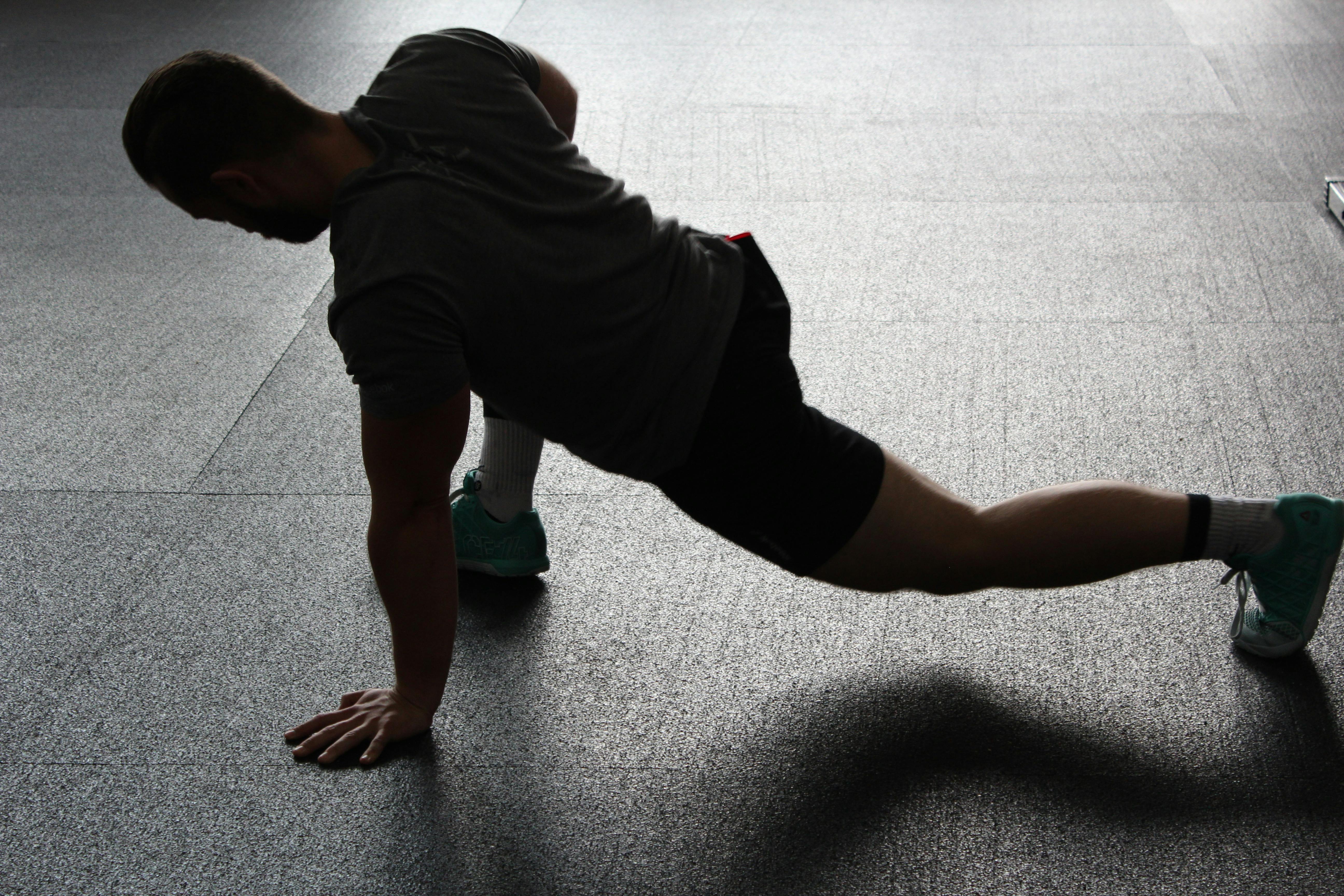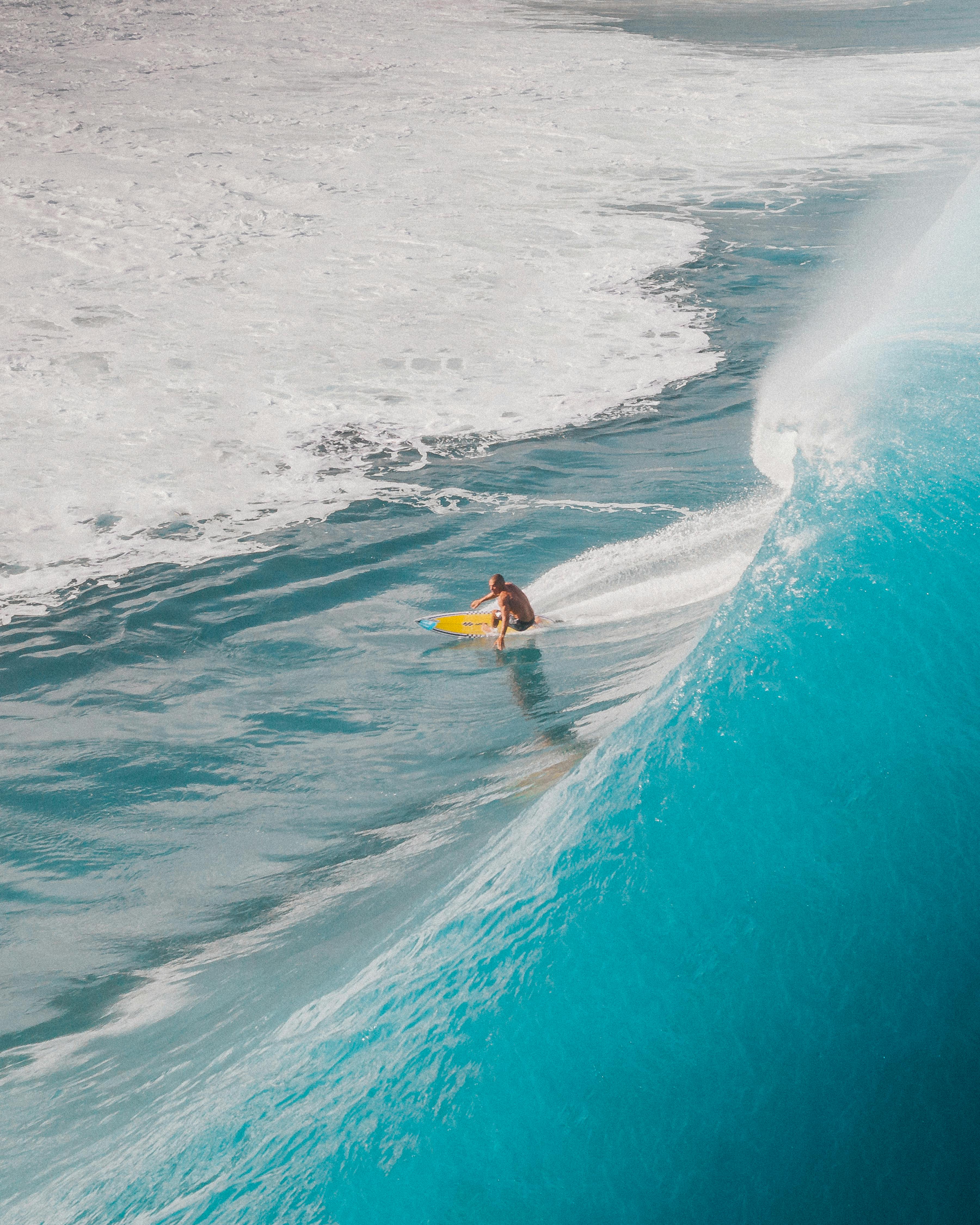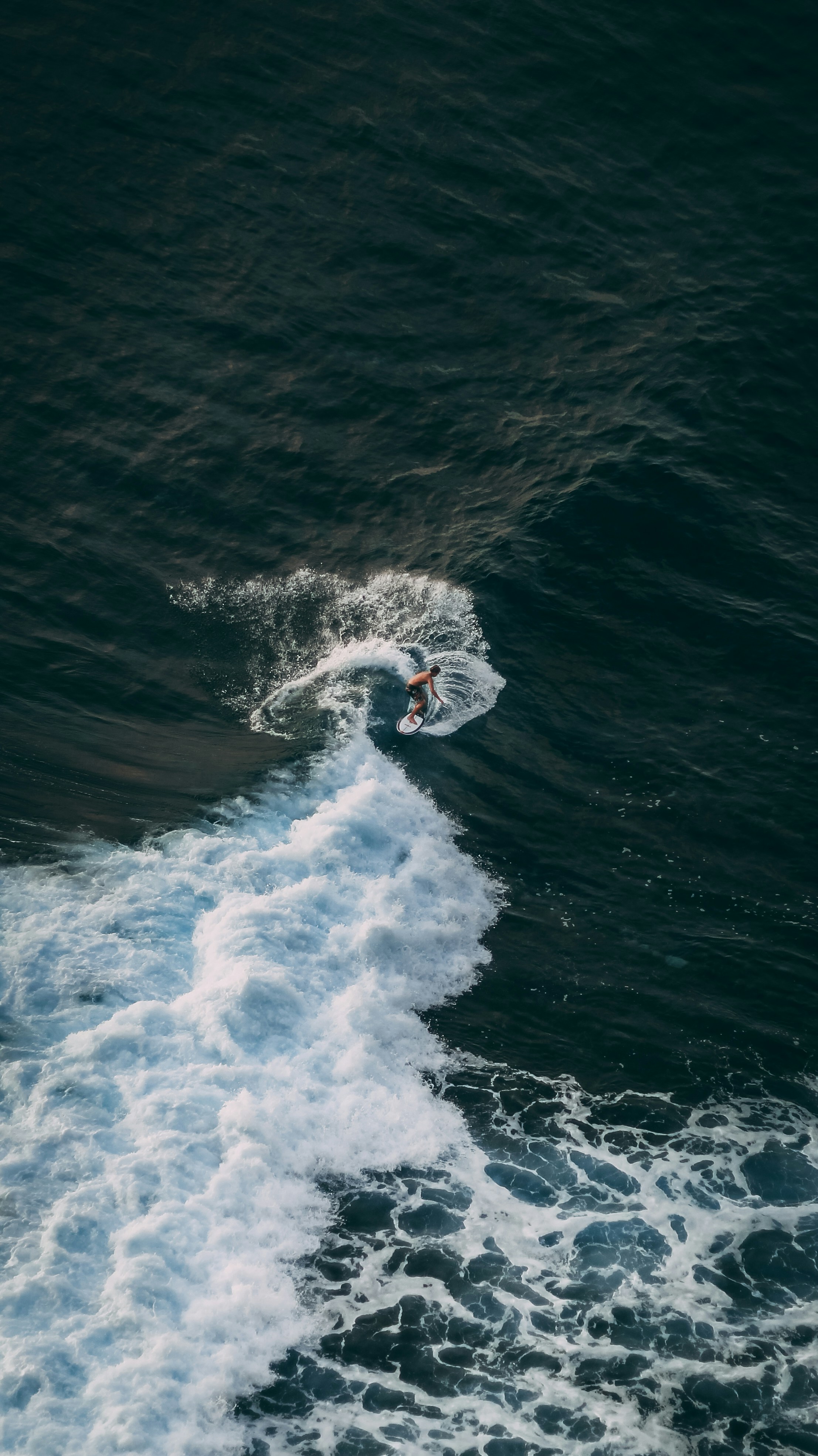Mobility That Actually Helps Your Surfing – 5 Things You Should Be Able to Do
You don’t need to be a yogi or a gymnast to surf well. But you do need to move well – especially in and out of compressed, twisting, or explosive positions.
1. From Low to High Without Losing Balance
Can you crouch low and stand up smoothly?
That’s your pop-up, your turn compression, and your cutback in one.
Test it:
– Sit in a deep squat with your heels down
– Rise slowly without wobbling or using your hands
– Repeat on both sides
The more control you have, the easier it is to absorb bumps, drive off the bottom, and stay balanced in transition.
2. Segmental Spine Movement
Surfing locks you into stiff positions – especially when paddling. Your spine needs to be able to roll, not just hinge.
Try this:
– Roll down from standing, one vertebra at a time
– Roll back up the same way
– Notice where it catches, tenses, or skips
This builds body awareness and frees up your thoracic spine for more effortless rotation.
3. Shoulder Mobility Without Overcompensation
Can you raise your arms overhead without arching your back or flaring your ribs?
This matters for:
– Efficient paddling
– Clean arm movement during pop-ups and turns
– Preventing neck and shoulder tightness
Fix it with:
– Belly breathing (low and slow)
– Shoulder rolls and thoracic openers
– Movement before and after surf sessions
4. Controlled Rotation From the Hips and Spine
Turning isn’t just about the board – your body needs to rotate with control and symmetry.
Test it:
– Sit cross-legged and twist gently left and right
– Notice if one side feels tighter or more limited
– Add light resistance and repeat
Good rotation lets you engage your rail, stay fluid, and avoid strain in your knees or lower back.
5. Smooth Low-to-High Transitions (Like Pop-Ups)
It’s not about jumping to your feet – it’s about moving there with control.
Practice:
– Prone-to-plank transitions
– Controlled foot slides forward
– Alternating sides to stay balanced
This builds smoothness into your pop-up and avoids that rushed, panicked feeling – especially when you’re tired or the wave is fast.
TRAX Helps You Track Movement in the Water – Not Just the Gym
Mobility work builds the foundation – but TRAX shows whether it’s actually translating to the wave.
By tracking weight shifts, body position, and flow during turns, TRAX helps you connect your land-based drills to real surfing progress.
Sign up now for early access.
What You Think You're Doing – and What You're Actually Doing
5 Reasons Your Surfing Isn’t Progressing








